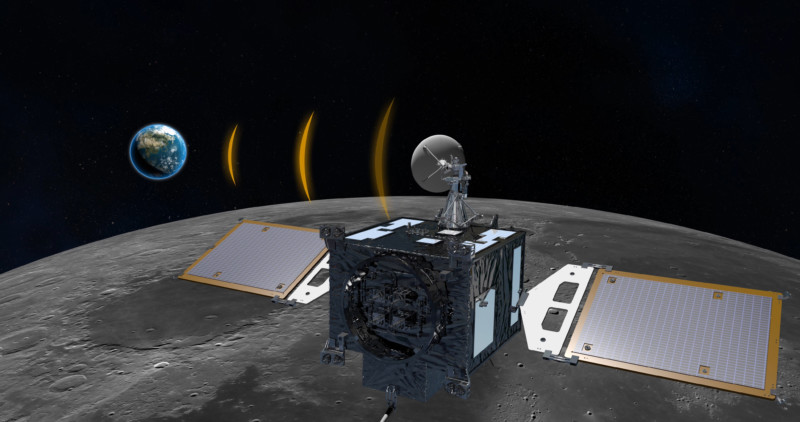Korean Moon Probe Snaps Spectacular Black and White Photos of Earth
![]()
The Korea Aerospace Research Institute (KARI) has published a set of black and white photos taken by the Korea Pathfinder Lunar Orbiter that are stunningly sharp and breathtakingly beautiful.
KARI sent its lunar orbiter — called KPLO or “Danuri” (the latter after a public naming contest combined the Korean words for “Moon” and “enjoy” — towards the moon in August of last year. The unmanned probe is designed to carry out lunar observation missions while flying at an altitude of 100 kilometers (about 62 miles) above the Moon’s surface.
The goal of the program is to expand Korea’s space exploration to stay on par with the rest of the world.
“Based on the accumulated capacity for space technologies, Korea is also planning its space exploration, and the lunar exploration is one of the plans,” KARI explains. “Korea is planning to successfully land onto the surface of the Moon or asteroids and make safe return. Korea is expecting to achieve strategic space technologies.”

According to the mission description, KPLO is outfitted with five cameras that were developed by Korean research institutes and one that was developed by NASA, including a high-resolution camera that is capable of capturing extreme detail.
NASA’s contribution to the probe is called ShadowCam, and the space agency explains that the high-resolution imagery captured in extremely low-light conditions could help inform landing site selection and exploration planning for future lunar missions.
“The data from ShadowCam and the unprecedented views into the permanently shadowed regions could also help scientists learn more about how the Moon formed and evolved and about our solar system,” NASA explains.
The ShadowCam recently sent back other detailed photos of the dark side of the moon.
Thus far, KARI has published some incredible photos of Earth that were taken with the KPLO, including those below that look akin to the quality of black-and-white landscape photos taken by professional photographers back on Earth. As EarthSky notes, they even rival the works of Ansel Adams.
![]()
Before arriving in its final lunar orbit, the KPLO also captured a set of Earth-Moon revolution images that show the moon’s orbital process. Below is a set of 15 photos that were taken over a three-hour period that is used to observe the passage of the moon over Earth and are, as KARI says, “vividly captured.”
![]()
While the KPLO has been in orbit since late December, it has only begun its mission to study the Moon this month and will do so over the course of the next 11 months. A full gallery of images from the KPLO mission can be found on the KARI website.
Image credits: Korea Aerospace Research Institute